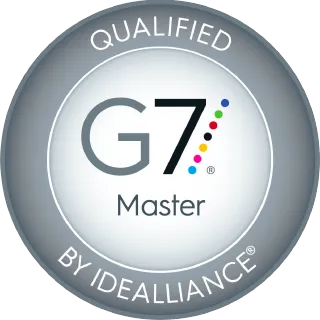An amazing, inspiring display can not only be a work of art, but it can also be an exhibit that tells a story and attracts a crowd of customers. A great display is an example of coordination and translation, where a professional can actualize an artist’s vision dimensional model of perfection. And yet, too often what we see on paper bears little resemblance to the minute detail and flourishes, to the angular shapes and sharp lines, that represent an artists or marketing offices vision.
Whether a result of poor communication, or too many chefs in the kitchen, there is an increasing disconnect between designs for displays and the construction of those design plans.
During my 23 years in the printing and graphics business, I’ve worked with many companies from professional sports teams, to chain restaurants, to national retailers, to huge conventional halls where vendors use displays as conversation pieces and an informational means of business development. One thing is certain: If the construction of these displays falters — if a designer outsources too much of this work to too many firms of differing skill and accountability — then that business will suffer. Where there is more one-on-one collaboration between a designer and the sales rep (or whoever is responsible for bringing the blueprint design to life) the chances for success improve greatly. This point may seem obvious, but in the face of deadlines, tightened budgets, searching for the right materials, and the back-and-forth of messages and in-person meetings, collaboration can soon descent into chaos.
What soon happens is an unintentional, and un-comical, real-life version of the game “telephone”, where a design customer is trying to work with several specialized vendors, enter a conference room or talk through conference calls that connects to even more vendors working on the same project. Between overlapping voices and poor sound quality, along with the difficulty of knowing who is on the line, the effect is like one very bad auditory nightmare: all noise and no signal. There is no clear project manager and no clear quality control. Therein lies the difference between a display that resonates with viewers, inducing an emotional feeling and connection, and some cardboard cutout that is as unremarkable as it is forgettable.
Another great analogy is the typical drive-thru window, when you drive up and hear a stat-icky voice coming through the speaker. As you drive up to get your order, crossing your fingers that all was received as you tried to describe what you wanted to the order taker, only to be disappointed as you open your bag, you not only find something that looks nothing like the picture on the menu board, but is something completely different than you had ordered. Compare this to a fine dining experience, where you have a person in front of you, that is assigned to serving you and getting you what you need, someone that you could clearly communicate your wants and needs. Then having your order prepared by a chef that took time and pride in his product, making sure it not only tasted fantastic, but was pleasing to the eyes and other senses. At the fine-dining experience, each person is an expert in their field and your order is custom made to your specifications.
A great print company will cater to the customer and their unique individual needs. Any miscommunication of vision should be eliminated. It should be a one stop shop, seeing the vision through from conception to installation, taking care of design, fabrication, printing, building and installation. All of this can be accomplished with the customer having a single trained professional to directly communicate their vision. Any headaches of running around and coordinating the many different aspects are eliminated by being able to trust the print professional from beginning to end, all while saving the most important commodity: time.
To end the conflict of vision, clarity is needed. To erase chaos, design is mandated. A great display requires a great professional, from beginning to end.






